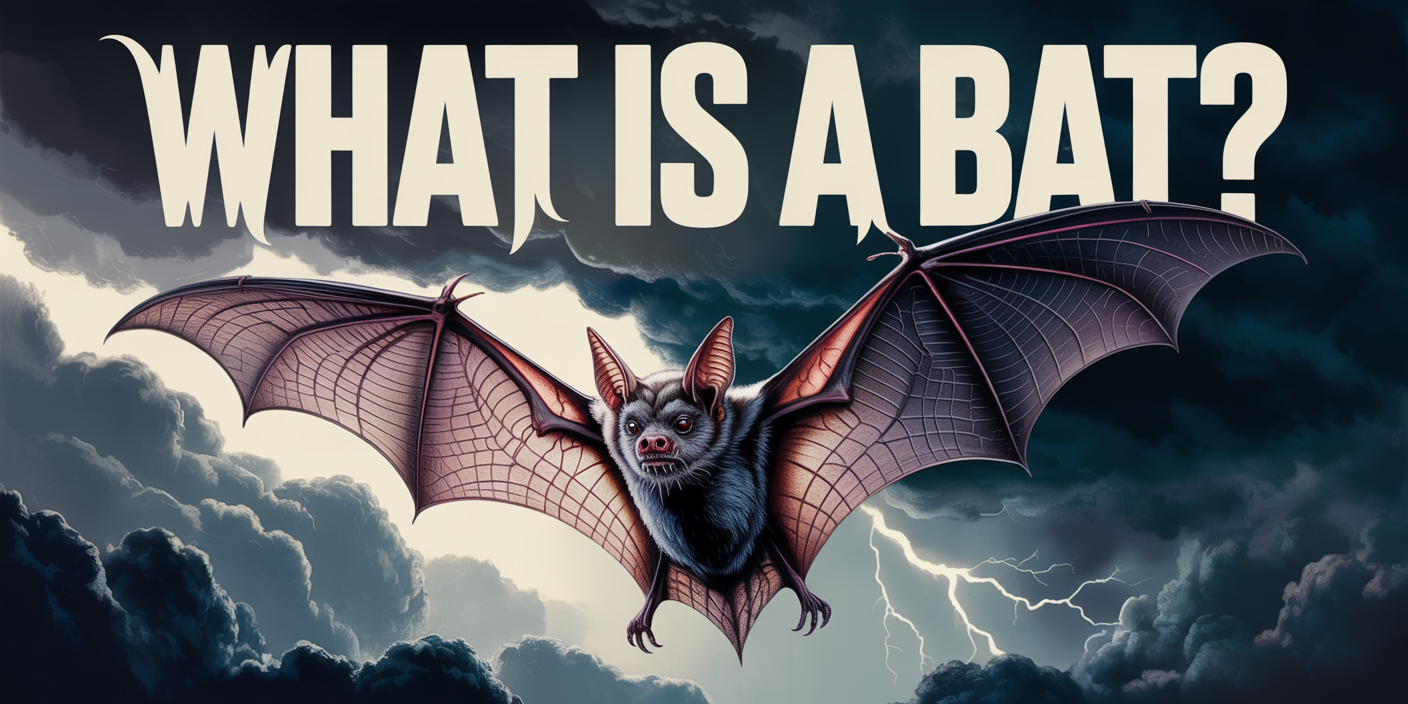“A bat is a nocturnal mammal that flies and uses echolocation to hunt insects. They help with pest control and pollination but become a problem when roosting in homes.”
Bats are mysterious and often misunderstood creatures, but they play a vital role in our ecosystem by controlling insect populations. If you live in the Treasure Coast area, you’ve likely seen them swooping through the night sky or heard them scratching around in an attic.
While they may seem unsettling, it’s important to understand why bats sometimes find their way into homes and what drives them to seek shelter indoors. At AAAC Wildlife Removal, we specialize in dealing with bats in the attic safely and effectively.
Bats often seek out quiet, dark spaces like attics to roost, especially in the warmer months. Rather than panicking or attempting to handle the situation yourself, it’s best to contact the professionals. Our team can help remove bats humanely and seal potential entry points to prevent future infestations.
Learn more: What are 5 facts about bats?
What Is a Bat?
Basic Definition
A bat is a warm-blooded mammal that belongs to the order Chiroptera, which literally means “hand wing.” Unlike birds, bats have wings made of a thin membrane stretched across elongated finger bones, allowing them to fly with incredible precision and control.
They are the only mammals capable of true flight and are found on every continent except Antarctica. There are more than 1,400 bat species worldwide, and several of them call Florida home, including the Treasure Coast.
Most bats in this region are insectivores, feeding on mosquitoes, beetles, and moths during the night. While often feared due to myths and misinformation, bats actually play a major role in pest control and ecological balance.
Physical Traits and Unique Features
Bats have some of the most fascinating adaptations in the animal kingdom. Their wings are flexible and highly sensitive, giving them incredible maneuverability in the air, especially at night. Most species also use echolocation, sending out high-frequency sound waves that bounce off objects, helping them “see” in the dark and locate prey with pinpoint accuracy.
In addition to their flight and navigation skills, bats are typically small, lightweight, and quiet, making them hard to spot until they’ve already taken up residence. In Treasure Coast homes, they often roost in attics, soffits, and wall voids, especially in older buildings with gaps or vents. Their ability to squeeze through tiny openings, sometimes less than ½ inch wide, makes prevention and removal a challenge without professional help.
What Types of Bats Live in Florida?
Florida is home to several native bat species, many of which can be found in Treasure Coast cities like Fort Pierce, Port St. Lucie, and Vero Beach. The most common ones include the Brazilian free-tailed bat, evening bat, and big brown bat, all insect-eating species that play a major role in reducing mosquito populations.
These bats are active at night and prefer warm, humid climates, which makes the Treasure Coast an ideal environment for roosting and feeding. Despite their spooky reputation, none of Florida’s native bats drink blood or pose intentional threats to humans.
In fact, they’re highly beneficial and protected under state wildlife regulations. Because of their protected status, it’s illegal to harm them or remove them improperly, which is why professional exclusion services are so important when bats enter a home or structure.
Are Bats Dangerous to People?
Disease Risks and Concerns
While bats play an important role in nature, they can pose serious health risks when they roost inside homes. One of the most well-known concerns is rabies, a rare but deadly virus that bats can carry, even if they appear healthy.
Another major issue is guano, or bat droppings, which can accumulate in attics and lead to histoplasmosis, a lung infection caused by fungal spores released into the air. Direct contact with a bat should always be avoided, especially if it seems disoriented or active during the day, both signs of possible illness.
Children and pets are particularly vulnerable if a bat enters the home or gets trapped indoors. In these cases, it’s essential to contact a trained wildlife specialist immediately rather than try to remove the bat yourself.
When Bats Become a Problem in Homes
Bats commonly roost in attics, soffits, and behind siding, especially in older Treasure Coast homes with unsealed entry points. Over time, bat colonies can grow, causing foul odors, stains, and structural damage due to accumulated guano.
The noise of chirping and fluttering wings is often the first clue for homeowners that something unusual is living above the ceiling. Because bats are protected in Florida, they cannot be removed during certain times of year, typically during maternity season when pups are nursing and unable to fly.
That’s why removal must be carefully timed and carried out using legal, humane exclusion techniques. AAAC Wildlife Removal is licensed and trained to handle these situations properly and protect both the homeowner and the bats.
Why Are Bats So Common in Treasure Coast?
The warm, humid climate of the Treasure Coast makes it a perfect habitat for insect-eating bats. With a steady supply of mosquitoes, beetles, and moths, bats have plenty to feed on year-round. Add in the abundance of mature trees, older homes, and rooflines with small gaps, and it’s no surprise that bats often settle in areas like Port St. Lucie, Stuart, and Jensen Beach.
Many homes in the region have soffit gaps, attic vents, or unsealed rooflines that bats can easily slip through. These spaces mimic the caves and hollow trees bats would use in the wild, making attics a prime roosting spot. Once inside, they tend to return night after night, and because bats are protected, eviction requires careful planning and expert execution.
Conclusion
Bats are fascinating creatures, mammals that fly, hunt insects, and play a vital role in Florida’s ecosystems. While they’re beneficial outdoors, they can quickly become a serious problem when they move into your attic or walls.
From disease risks to property damage, bat infestations require expert handling and an understanding of state regulations. If you live in the Treasure Coast and think bats may have settled in your home, don’t wait to take action.
AAAC Wildlife Removal is trained, licensed, and ready to safely remove bats using humane and legal methods that protect both you and the wildlife. Let us help you take back your home, bat-free and stress-free.
Call AAAC Wildlife Removal of Treasure Coast Today!
Have bats taken over your attic, soffit, or roofline? Don’t risk your health, safety, or a run-in with Florida’s wildlife laws, call the experts at AAAC Wildlife Removal of Treasure Coast. Our licensed team specializes in humane bat exclusion, full property inspections, and long-term prevention that keeps bats out for good.
We know the species, the laws, and the solutions that work best for homes across Port St. Lucie, Fort Pierce, Vero Beach, and beyond. Contact us today for a free inspection and let’s solve your bat problem the right way; safe, legal, and permanent.




